Unruly Places: Alastair Bonnett Explores a Feral World Untamed by Geography
Aerial view of Mecca in 2010, showing new construction alongside the Kaaba (photograph by Fadi El Benni, via Al Jazeera English) Mecca is one of the “unruly places” featured in a new book by Alastair Bonnett.
With Google patrolling the streets and even far flung locales like Mount Everest, and the proliferation of geotagged documentation of the planet on social media, it can feel like every corner has been catalogued and confirmed. Yet it was only two years ago that Sandy Island, illustrated on maps for over a century, was proved fictional, and even some of the world’s most iconic locales like Mecca are in a rapid state of flux with new construction paving over the old. In Unruly Places: Lost Spaces, Secret Cities, and Other Inscrutable Geographies by Alastair Bonnett, published this month by Houghton Mifflin Harcourt, these “feral” destinations are explored.
Bonnett is a professor of social geography at Newcastle University in England, and also was the editor of Transgressions: A Journal of Urban Exploration, a psychogeography magazine. Throughout Unruly Places, whether it’s the town of Baarle chopped through with Dutch and Flemish enclaves, the Manila cemetery that has turned into a community, or Gordon Matta-Clark’s Fake Estates that claimed the gutter spaces of New York City, Bonnett emphasizes a sense of discovery in geography, even if it’s experiencing the world of the traffic median in your own town. This is a concept Atlas Obscura wholeheartedly embraces — that the world is much stranger, and unknowable, than you think. We asked Bonnett a few questions about Unruly Places and the myth of a fully-documented world.

We at Atlas Obscura love places that don’t fit neatly into geography. But sometimes it feels as if these crooked sites are all being straightened out, and the world made less interesting. How can people fight the good fight of keeping a sense of place?
No one should pretend this is easy: the forces flattening out the world, and making everywhere seem similar, are colossal. But equally powerful are our need for and love of place; it’s an important part of what makes us feel human. I think that most people understand this, that’s why so many of us invest so much of our time and energy fixing up and making special our own, private, places — our homes, cabins, even our vehicles.
The challenge is to expand that sense of care. Every time we go on vacation, or go traveling, and search out unique and authentic places, we are part of a quiet resistance movement. Another form of resistance is seen when we protest about the way our town is sliding into the mire of non-place banality. In my adopted home city of Newcastle, in the far north of England, I’m just one of thousands who’ve tried, many times, to stop an endless succession of “executive housing” schemes being built on the margins of town, drawing out in the innards of the city. It’s perverse: finding anyone who actively wants this kind of development is almost impossible, yet they nearly always get built.
Maybe we need a pro-place protest movement, a bit like the “occupy movement” (which was, in its own odd way, a place making movement), but one that makes the pro-place case and shouts out that, when it comes to place, the concerns of the great majority, the 99%, just aren’t being heard. Because place is fundamental to our freedom and well-being. Indeed, I have come to think that living in a “real place” should be thought of as a human right. It is that important and should be in UN declarations of rights and in national constitutions.
In a world of floating islands and ever shifting borders how do you define “place”? What then makes it “unruly”?
It’s a question that a lot of people are wondering about. For me, a place is somewhere distinct and somewhere that has its own story: the richer and deeper that sense of distinction, and those stories are the more likely it is to feel like a “real place.”
An “unruly place” is somewhere that disrupts the usual and conventional stories we tell about place.
But I don’t just use the term “unruly places” to talk about quirky or quaint places. Many of the places in my book are very dark, and a look at the map of Syria or Iraq today shows shifting multitudes of unruly places that are anything but cute. The destitute enclaves and tribal pockets that now scatter those countries are both fascinating and appalling: they remind us that our relationship to place is a very fierce thing and how quickly and easily ordinary-looking and “boring” places can mutate into places with strange and disturbing stories to tell.
Ordos, China’s biggest ghost city (photograph by Uday Phalgun)
The new city of Kilamba in Luanda Province (photograph by Santa Martha)
There is something very eerie about the pristine yet empty cites Ordos and Kilamba. Why do you think this is the era of empty cities, as you said in the book?
Mostly, it’s down to the way money works today. It’s very mobile and has developed a masochistic attraction to property. So we get capital flooding into all sorts of building schemes, bigging them up and making them seem like the best game in town. And this can happen without anyone really being interested in who might live or work in these places, or what will happen when the market has one of its sporadic bouts of self-harm and/or sanity.
I could have filled the book with newly built ghost towns. Some of the most striking ones in Europe are in Ireland, where the property market took off a few years ago and created swathes of new suburbs, often in odd and remote locations. And they now stand empty, the overgrown lawns cropped by semi-feral ponies.
You seem to share the belief that easily overlooked places within your own neighborhood can be equally as strange and fascinating as distant places. What are ways people can re-engage with their familiar surroundings to see them in a new light?
Most of us follow very strict spatial routines. Take me for example. For years I walked or drove to work or downtown along the same route: it was mechanical and unvaried. That’s why, even though I’ve lived in the same city for 20 years, it was only in the last few that I’ve realized that I didn’t actually know the city at all. Breaking my old habits has been a revelation.
I remember one of the key moments very well. I was out in the car with my two kids and we were all bored, travelling to the usual garden center or whatever. Anyway it was shut and I began to drift: came off at a new exit and drove along a new route, past this graveyard of double-decker buses, piled high, some almost toppling, then we stopped off at a flooded quarry. Then (because we were getting a taste for this drift by this time), an old farm, then an deserted agricultural college, where we wandered round inside the warm glass-houses, each full of sick looking cactuses. I guess these destinations sound very ordinary, but that was a few years ago and we still talk about it. It’s a good memory and still makes me smile. I find it odd to think that that kind of pleasure, that kind of personal adventure, is so close, so easy, yet so distant.
Other folk have more concerted techniques. I myself used to undertake quite a bit of “urban exploration.” We’d follow transects, straight lines that we’d draw on the map and try and follow on the ground, or use maps of a different city to get ourselves round. It was disorientating; and that usually helps when you want to see the city with fresh eyes. But I’ve come to believe that the trangressive or counter-cultural shtick can sometimes get in the way. A bit of humility can take you just as far.
Yesterday I wandered round a nature reserve that lies well inside the city, a small swath of ponds and reeds surrounded by housing and the airport. I’m not any kind of bird expert but there in the dark bird-hide were these gruff birders, taciturn but welcoming. They’d been there all day — it seemed like they didn’t want to ever go home. Corny as it sounds, they loved that place and their enthusiasm was compelling. I guess what I’m saying that it isn’t just what you and I do, but also who we care to listen to, or give the time of day to, that can open up the possibilities of place.
A border cutting through a house in Baarle, partly in the Netherlands and partly in Belgium (photograph by Carsten aus Bonn)
You write of a complex relationship with borders, seeing them as both good and bad depending on the circumstances. Do you believe there could ever be a borderless world?
I’ve changed my mind on borders. For many years, I was an anarchist and borders were the ultimate symbol of everything that was wrong with the nation-state. As I drifted out of anarchism in the early 1990s, quite a few anarcho-lite ideas started to percolate into the general culture, notably the idea that it would be “nice” to live in a world without borders. And a borderless world is not an impossibility. The European Union is the best developed example of the mass removal of obvious borders. You can travel from the Netherlands all the way to Italy with no border controls and no need to change your money. That’s what you notice as a traveller, but if you live inside those countries their borders are very real: your taxes, your politics, almost everything, are bound by them. And elsewhere new borders are springing up. Look at the fragments left by the USSR, or the tensions and conflicts that threaten Africa and the Middle East and are likely to produce more and more borders over the coming years.
Borders can sometimes be terrible things but I’ve come to appreciate that in order to achieve any kind of self-control, or basic sovereignty, a community of people need them. That community might be a nation or, indeed, it might be an anarchist commune, but, either way, borders are vital to sustaining a sense of jurisdiction and control. As long as people want those things they will keep drawing borders. We also keep drawing them because not many of us want to live in a world where escape to somewhere else, somewhere beyond the border, is impossible.
So, a world without borders is not an impossible goal but I don’t think it’s a desirable goal. It’s a fantasy shared by multinational capital and, of course, by my old anarchist comrades, but not, anymore, by me.
Unruly Places: Lost Spaces, Secret Cities, and Other Inscrutable Geographies by Alastair Bonnett is available from Houghton Mifflin Harcourt.



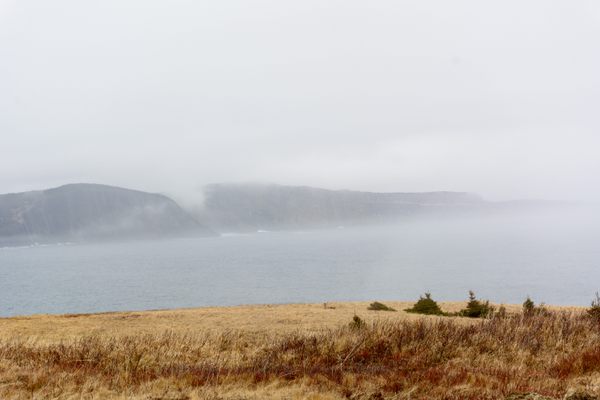
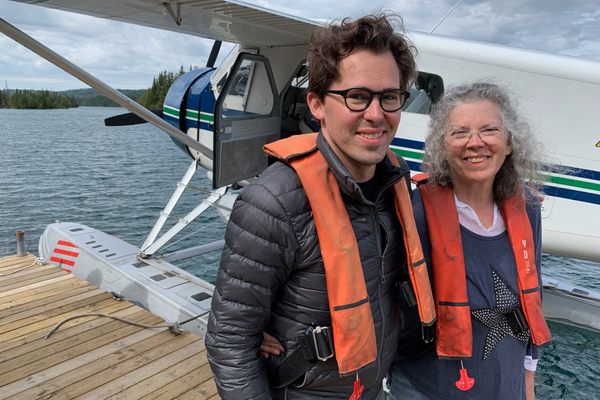
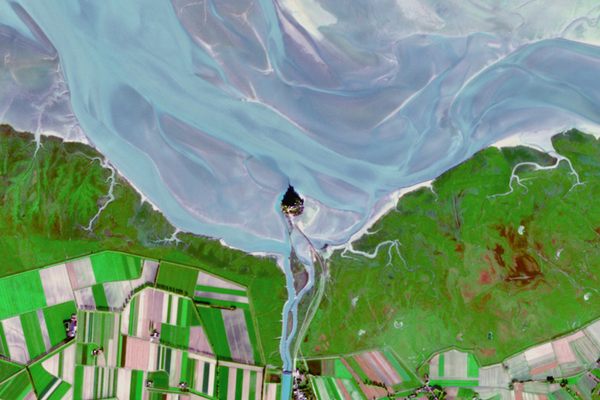





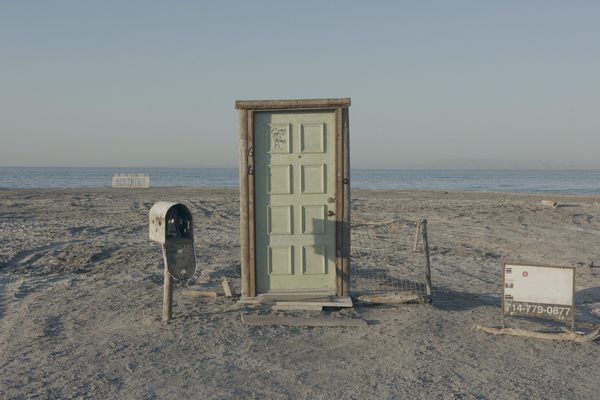
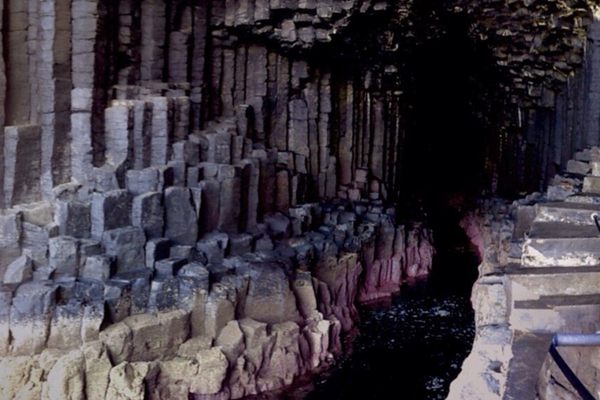


Follow us on Twitter to get the latest on the world's hidden wonders.
Like us on Facebook to get the latest on the world's hidden wonders.
Follow us on Twitter Like us on Facebook